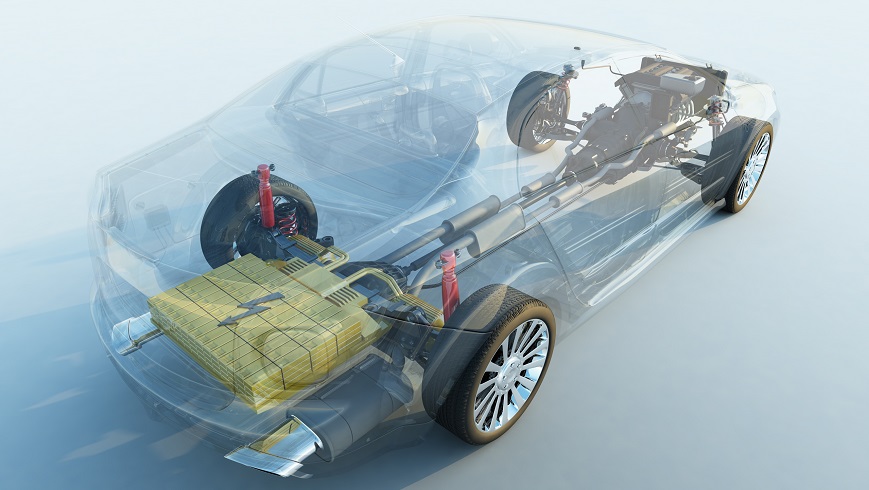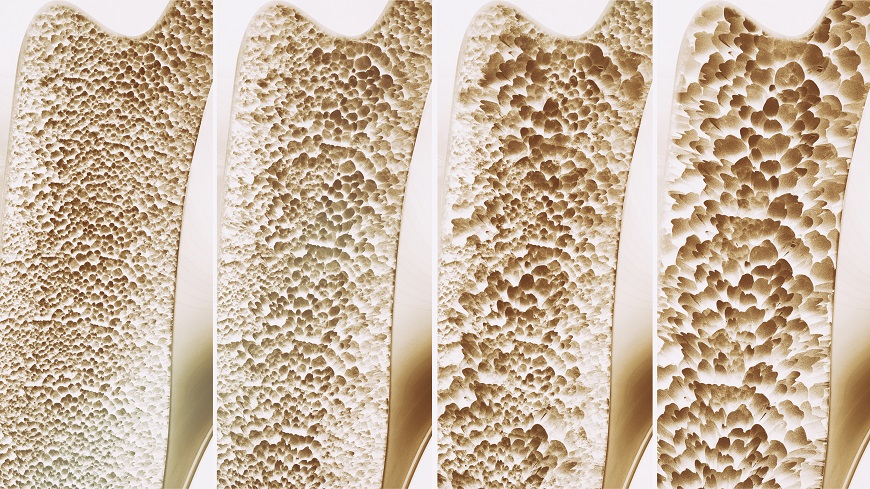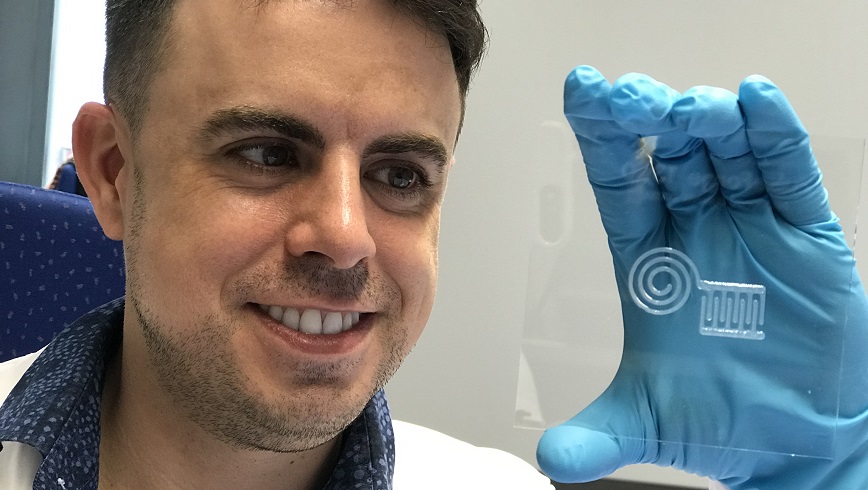Zurich Heart project
Deceptively real
The human heart still poses great challenges to modern medicine. More than ten million people in Europe suffer from heart failure, and quite a few of them need a donor organ. Artificial heart pumps are used to bridge the waiting time, but complications are not uncommon. The "Zurich Heart" project, in which Empa is a partner, is developing solutions.

For many patients with heart failure, an artificial heart pump is a lifesaver – but one that often causes side effects. There is a risk of blood clots or a rejection of the foreign material, which can lead to severe immune responses. Researchers at Zurich University Hospital, together with col-leagues from the University of Zurich and ETH Zurich, therefore launched the "Zurich Heart" project back in 2011. The project involves physicians, engineers, biologists and materials scientists with the aim of developing common heart pumps further and at the same time coming up with new solutions to eradicate existing risks. Researchers from various universities and research institutes – including Empa – are working on new approaches in around ten subprojects.
Empa involved in several projects
Several Empa teams are part of Zurich Heart and are working on a new generation of heart pumps that will be "camouflaged" in such a way that human immune cells cannot distinguish them from a real heart. Natural blood vessels – including the heart – are lined on the inside with endothelial cells that regulate the exchange between blood and the body's tissues. An artificial heart pump must thus have a surface, on which the body's own endothelial cells can settle. This tissue surface fools the blood into believing that it is not an artificial organ but a real heart. Researchers led by Eduardo Mazza, head of Empa's Experimental Continuum Mechanics lab, professor at ETH Zurich and co-project leader of Zurich Heart, have succeeded in developing a membrane that offers optimal conditions for the colonization of endothelial cells. This membrane not only provides a suitable basis for the necessary cells, but also dampens the natural pumping movement – if the contractions are too strong, cells can hardly hold on to even the most temptingly prepared surface and are washed away by the blood.
Hexagon solution
Aldo Ferrari, a researcher at ETH Zurich and Empa, has developed a substrate with a special structure that makes endothelial cells feel comfortable on the membrane so that they can hold on to it. Like a honeycomb, individual hexagons line up in a row and offer the cells an optimal space to nest in them and not be washed away. The method has proven successful; the researchers were able to confirm in both in vitro and in vivo experiments that the cells adhere to the membrane even after several pumping movements and thus provide a potential solution for the development of more biocompatible heart pumps. Despite these successful initial trials further challenges remain, however. The aim is to not only coat the membrane but also the entire inner surface of the pump with the hexagonal structure.
Next steps already initiated
Zurich Heart is now entering its second phase. "We want to translate some of the solutions devel-oped within Zurich Heart into clinically relevant products," says Mazza. This could take several years, though, so Zurich Heart has no time limit. The first generation of PhD students involved in Zurich Heart have now completed their theses and produced numerous publications and patents with positive feedback. "With our hybrid membrane project, we have come much further than we had originally expected," says Mazza. With his team he is already planning the next steps: The longterm behavior of such an "endothelialized" heart pump has not yet been investigated, and Mazza now wants to address this issue. After all, such a heart pump has to withstand several mil-lion beats. "Our motivation has increased even further in recent years", Mazza concludes. He is confident that the upcoming projects will yield important knowledge as well as practical solutions for and around the human heart.

Old electric car batteries
Ready to recycle?
The number of registrations of electric cars is rising sharply. But where to put old batteries? The association of Swiss car importers, "auto-schweiz", is striving for a recycling solution for the entire industry. Empa experts support it. More.

Better understanding human bones
Why do bones fail?
Can analytical methods from materials science help us better understand human bones? A research team at Empa in Thun is pursuing precisely this approach. More.

Flexible, biocompatible nanocellulose sensors
Wood on our Skin
Physiological parameters in our blood can be determined without painful punctures. Empa researchers are currently working with a Canadian team to develop flexible, biocompatible nanocellulose sensors that can be attached to the skin. The 3D-printed analytic chips made of renewable raw materials will even be biodegradable in future. More.
